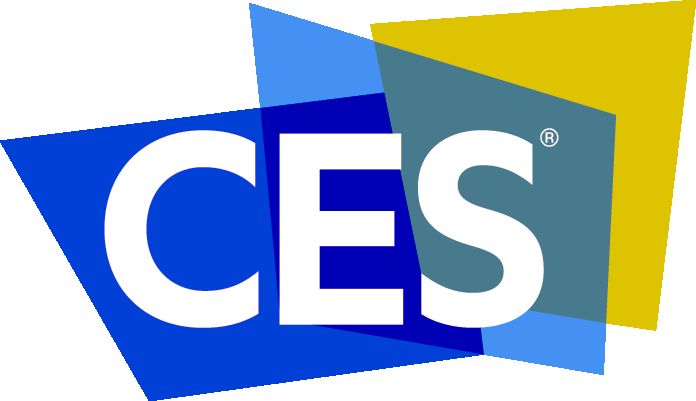We have some thoughts about attending CES in 2019.
CES for many years was a key event for 3D printing, as multiple companies not only showed their new products, but also made important announcements that in many ways showed how the industry progressed.
It wasn’t always that way; prior to 2011 there were essentially no 3D printer companies at the consumer event. And why would there be? At that time 3D printing was largely an industrial process performing often obscure prototyping in the backrooms of certain manufacturers.
Things changed after 2009 when key patents expired, enabling the development of inexpensive desktop 3D printers. These were initially targeted at DIY hobbyists, the one group that would solidly adopt them as it was not only a fascinating technology, it was cool, too.
But under that initial target was a much bigger one: consumers. The consumer market is enormous and many felt at the time it might be possible to sell staggering numbers of 3D printers to the public as a new kind of consumer device, like microwave ovens and dishwashers once were.
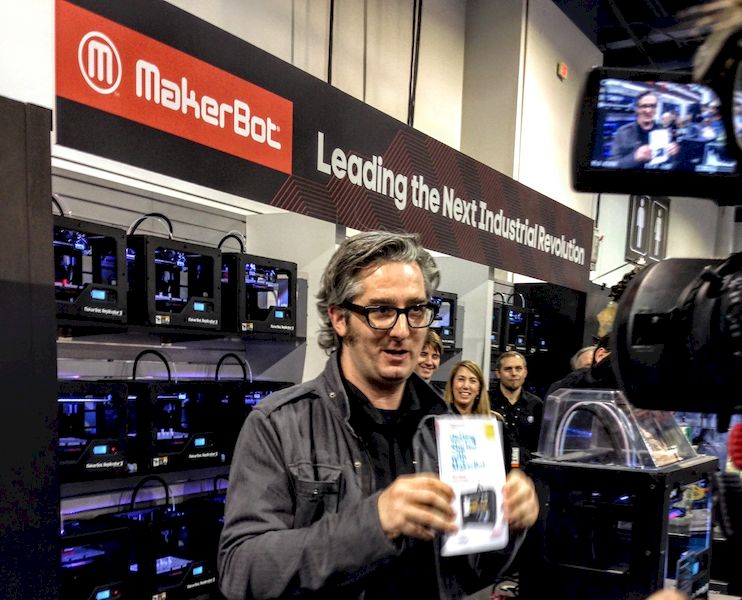
To start a move in that direction, MakerBot appeared at the show in 2011, the first time a 3D printer company had appeared. Their appearance garnered them a massive amount of media coverage, as their futuristic and unique product became a favorite of the reporters. The company then appeared every year following, at least for a while.
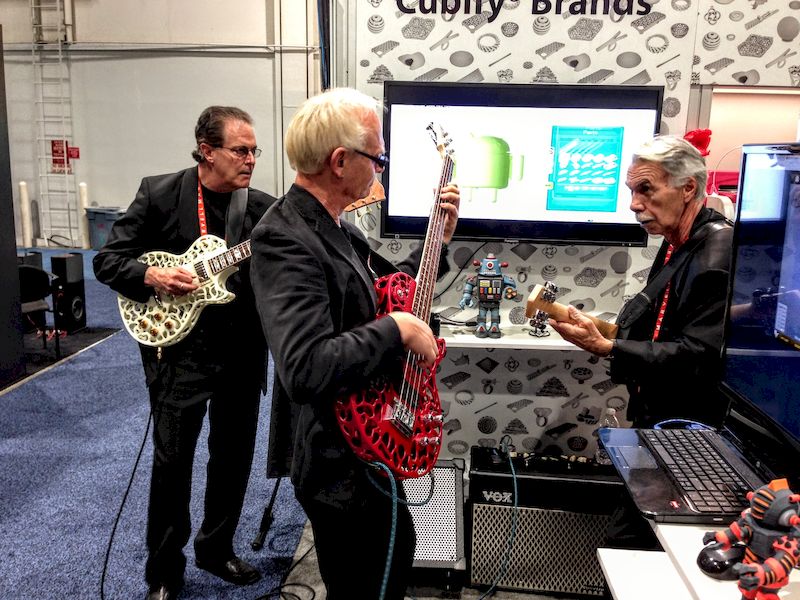
After MakerBot’s success other companies followed. And surprisingly it wasn’t just desktop 3D printer companies, as you might expect at a consumer show. 3D Systems showed up soon after, as they sought a piece of that consumer pie in addition to their industrial products. But if they came, so must their competitors. Stratasys, a company that had literally no consumer products whatsoever, also appeared a few times.
The participation grew so much that the mandarins at CES decided to place the companies in their own zone, located within the highly noticed emerging technology zone. At one point there were perhaps over 100 3D printing vendors present.
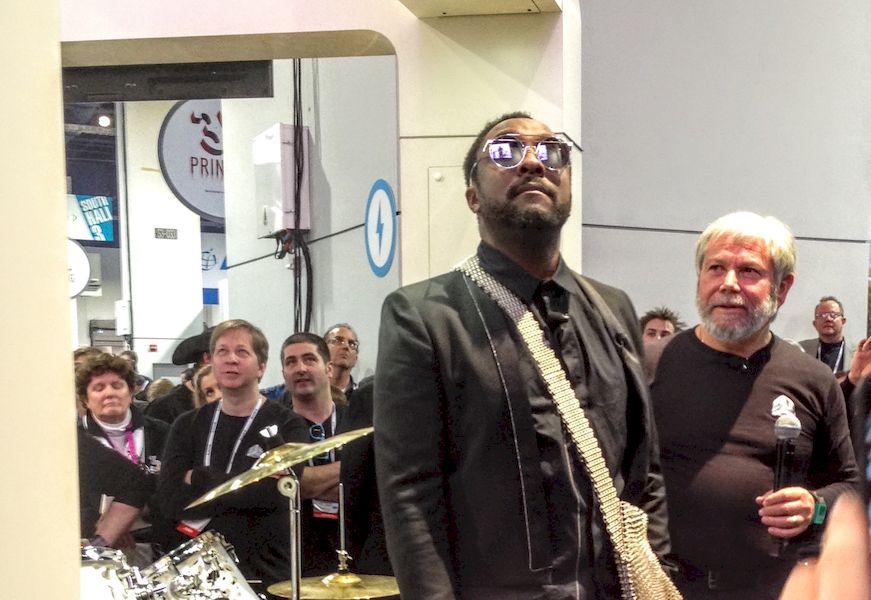
But then two years ago the number of participants dropped, including MakerBot, who started all this.
Last year the CES folks decided to relocate 3D printing out of the emerging tech area entirely and relegated it to another building far away, just past the automobile displays. I counted perhaps maybe 30 participating vendors in 3D printing, many of whom were Asian companies hoping to strike into the North American market. There were very few established companies displaying their 3D printing products, aside from companies like Airwolf 3D and LulzBot.
There has been a definite trend line on 3D printing at CES and it’s been going downwards, and very sharply since last year.
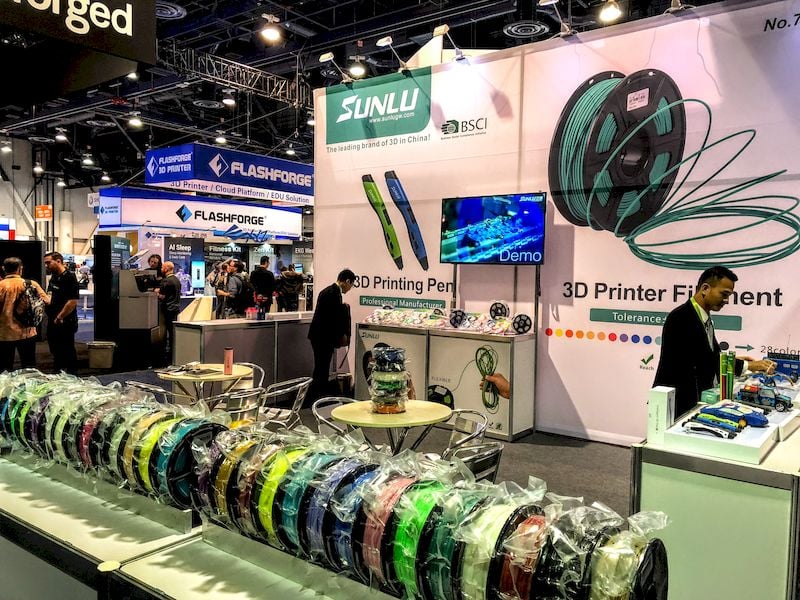
I don’t know how many vendors will appear at the 2019 event, but the trend would suggest there would be only a handful, and they might get even less press coverage.
As such, we won’t be sending our team to the event this year.
My advice to any 3D printer companies contemplating attendance at this event is to reconsider.
3D printing has been transformed in the past few years from a potential consumer technology into an actual professional tool, suitable for many non-consumer applications.
Just as many 3D printer companies have transformed themselves from consumer machines, so has the profile of 3D printing at CES. It’s no longer a place to market 3D printers, at least until someone invents an actual consumer 3D printer that is effective.
If I were running a small 3D printer manufacturer these days I would instead direct my meagre marketing budget towards other events, such as Rapid, FormNext or an industry vertical tradeshow that can make use of my machines. Not CES.


